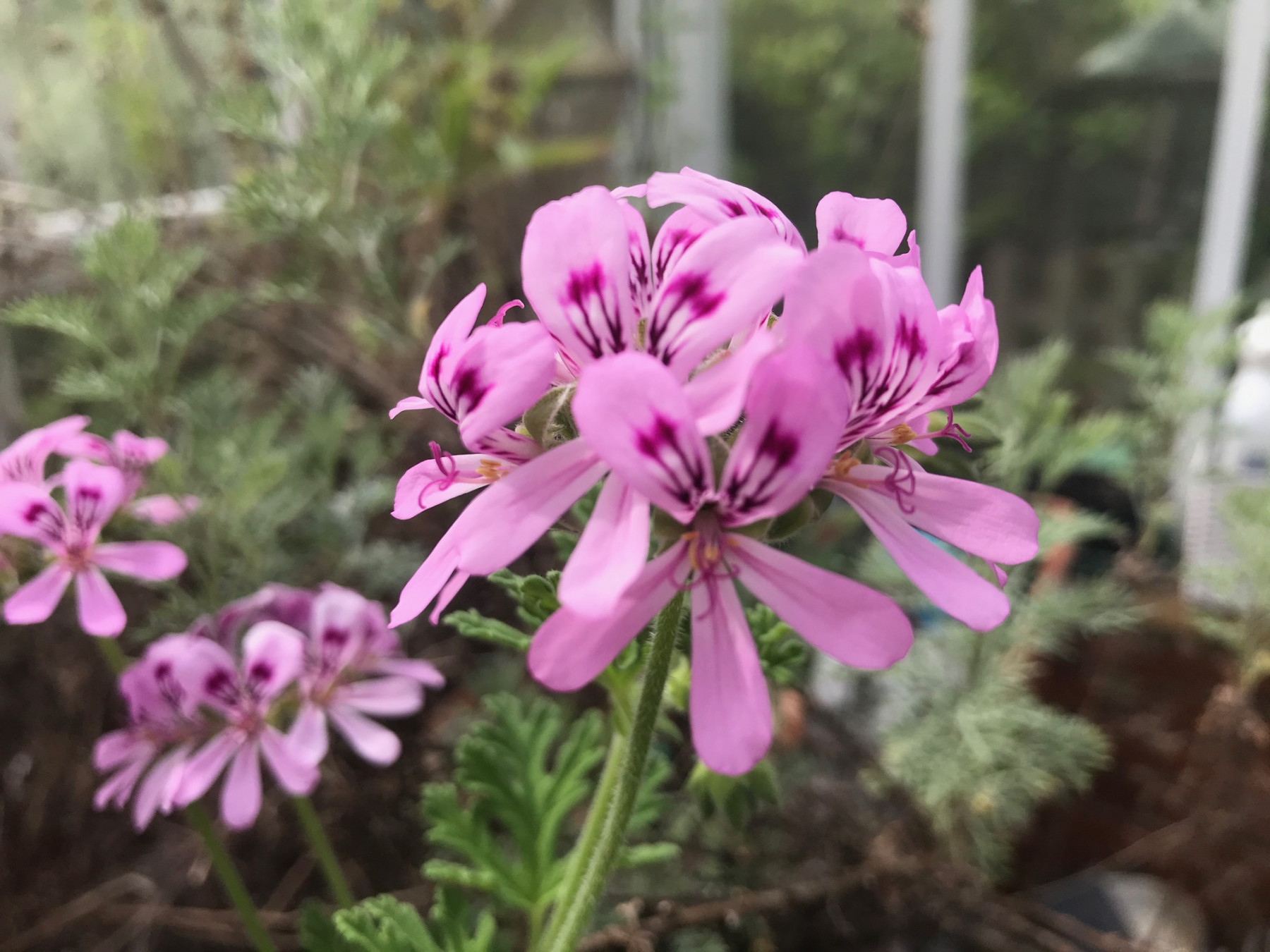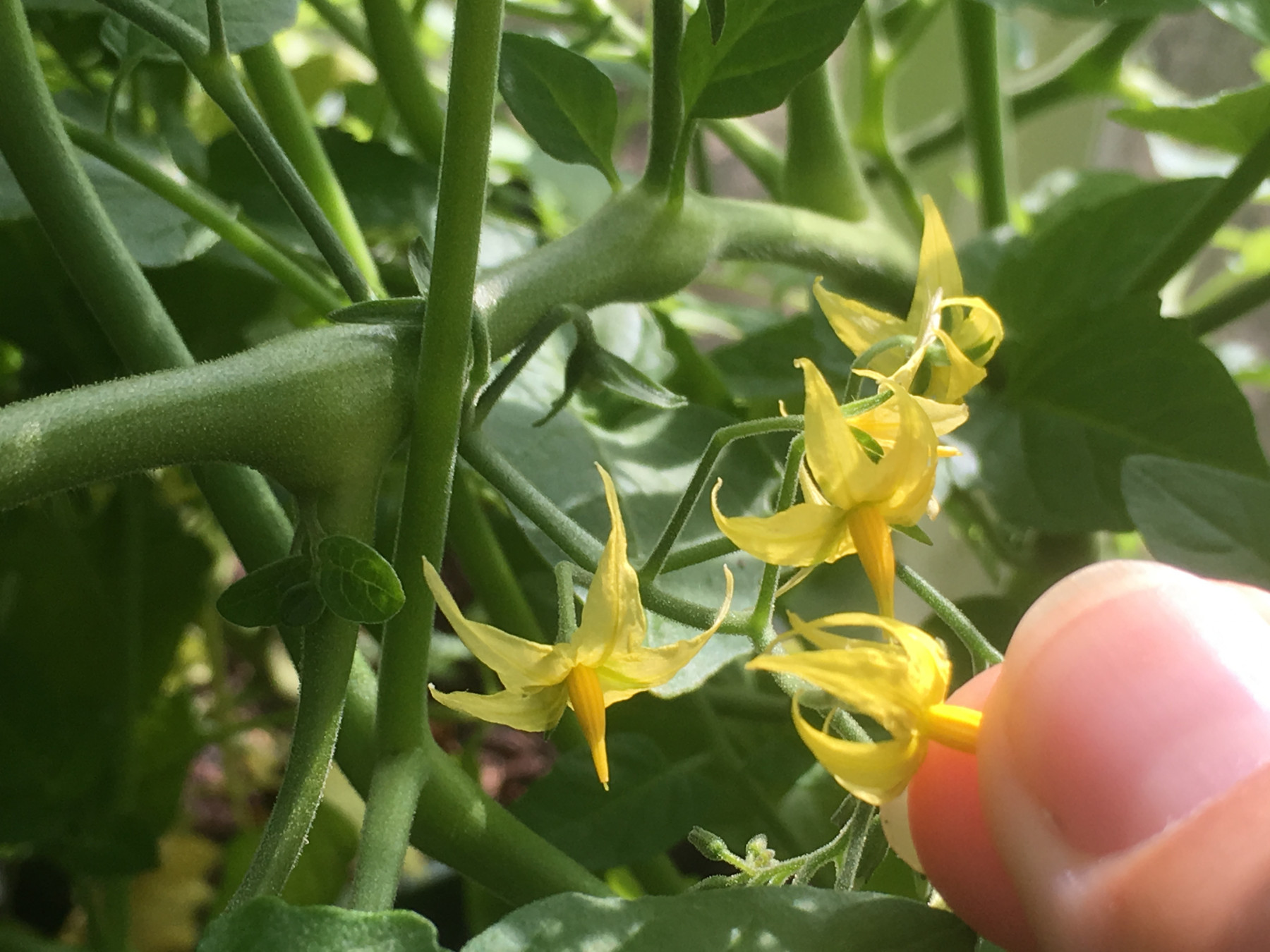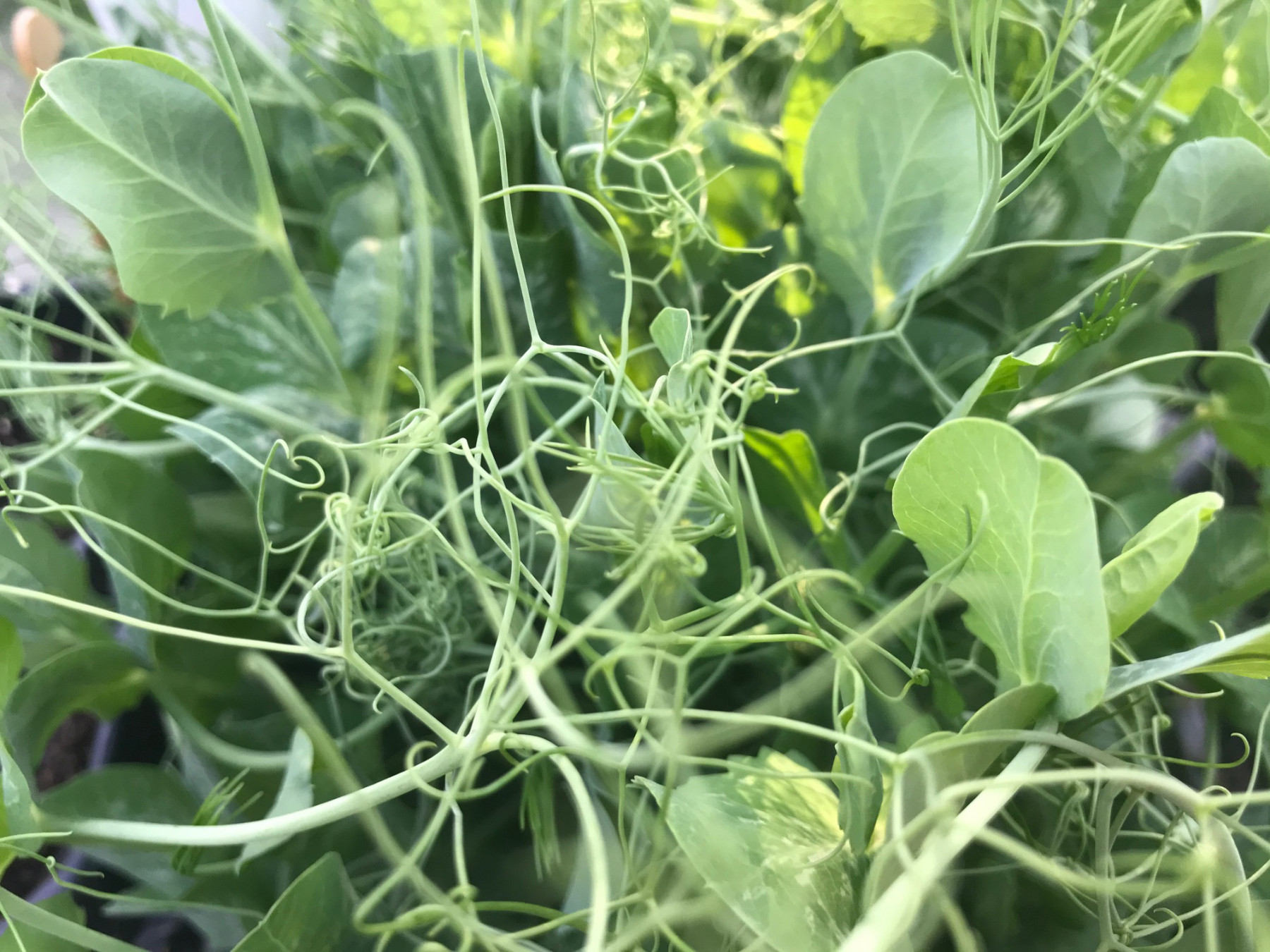
When I first fell in love with greenhouses, it was a combination of the earthy aroma coupled with the plant fragrances. But it wasn’t the floral perfumes that tantalise my sense of smell; it was the spicy notes of aromatic foliage that transported me into this leafy world of wonder. If I could bottle the greenhouse smell I think I would make a fortune. It’s a potent cocktail of spicy and earthy notes that waxes and wanes with the internal temperature. I love it. I don’t think there has ever been one visit into the protected climes of the glasshouse when I haven’t deliberately brushed past the essence rich foliage that overhangs the benches, rubbed a leaf or two, or done the scratch and sniff maneuver to release the fragrance held within.
My greenhouse spice is a rich mish mash of different scents and flavours. The cocktail has been created unconsciously from a list of ingredients that lift my spirits. Every visit reveals a different blend, depending on what I agitate, sometimes it’s my choice, I might fluff up the leaves on my scented pelargoniums for a quick hit of lemony scent, or ruffle the foliage on the coca cola plant (Artemesia abrotanum) for the familiar smell of this iconic drink. Both evoke different emotions. Smells, like music can transport you back to a moment in time.

Herbs are an obvious choice for creating a rich dimension of fragrance in the greenhouse. Most gardeners have their favourites and probably a few that they don’t like. Personally I have an aversion to aniseed and liquorice and so those are two things I will avidly avoid, but I just love rosemary and basil. The first is a shrubby herb that is easy to grow and a valuable ingredient. Perfect for a pick me up herbal tea, or to add to bread or roast potatoes. I have recently discovered ginger rosemary and wow is it divine. I bought the plant from Pennard Plants at Hampton Court Flower Show last summer. That’s another great thing about plants and memories, each one has an origin and a story, I smell the leaves and I’m back in the Growing Taste Marquee at the flower show. And basil, well basil is copious pesto, summer salads of infusing tomatoes, with onions and large peppery leaves full of summer flavour. Don’t forget that a huge part of taste is smell and the two are closely integrated.

But there are other scents in the greenhouse; that earthy smell of compost, the water evaporating on the terracotta tiled floor. These are grounding smells that offer comfort and familiarity. It’s a marker scent that shouts – my greenhouse and there is nothing quite like its evocative mix.
Stronger pongs
Not every plant smells nice, though it is often a personal ‘taste’ as to what is a good smell and what is not. Tomato plants have a very distinctive, pungent aroma. Some days I like it and want to smell it, other days when my head is sore it makes me feel ill. And yet when I’m harvesting the fruit and my hands are covered in the greasy yellow tomato tar, the smell is tantalizing with promise of rich red fruits saturated with flavour.

Other plants like the powerful smelling tagetes (marigold) can be a useful ally in the greenhouse, deterring greenhouse whitefly that so often infest our under glass tomatoes. It’s a useful, effective and pesticide free solution that can be put in place as the tomatoes grow, so that the marigold plants are in flower with the tomatoes and the established plants emit their pungent aroma to naturally deter this common greenhouse pest.
Pick and mix
Then there are the other plants, the peas growing for pea shoots. The leaves smell and taste of peas, I pick them as I potter in the greenhouse, eating them as I go like little taste bombs. Rocket leaves and even young rosemary or mint leaves are other instant pick me up flavours. Each smell and taste of the plant. The essential oils in the leaf are powerful and are emitted as they leaves are rubbed, broken and/or eaten. Then there are the smellie pellies otherwise known as scented pelargoniums. Some are so fragrant that their leaves are used to flavour cakes, ice-cream and deserts. It’s a great way to capture the essence of a plant, but make sure you can correctly identify your plant and do be aware of plants that are poisonous or irritant to touch. It’s unlikely you will be growing them in the greenhouse, but you might. Plants are very powerful! And indeed some are poisonous to our pets too. Always, always err on the side of caution.


